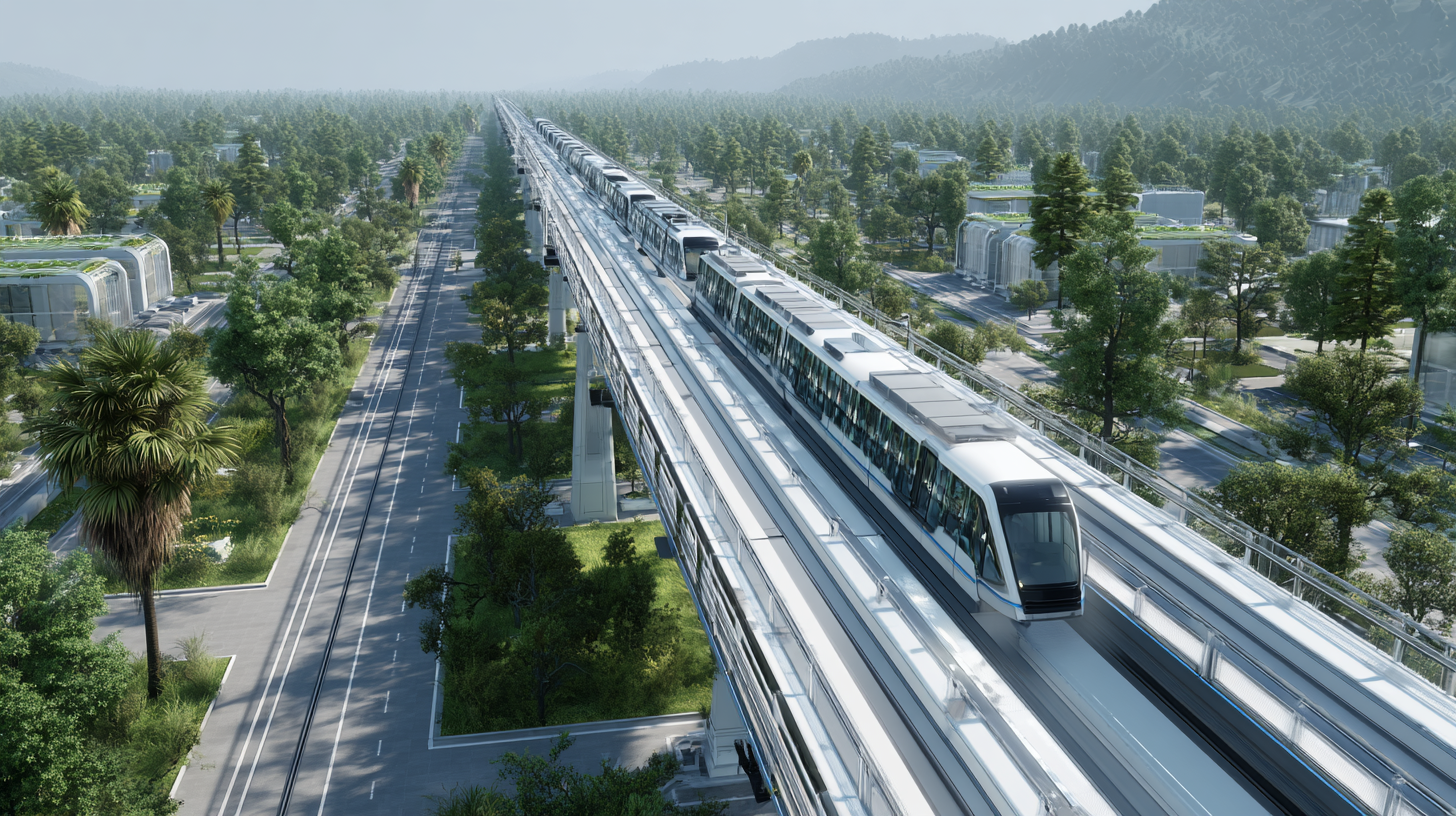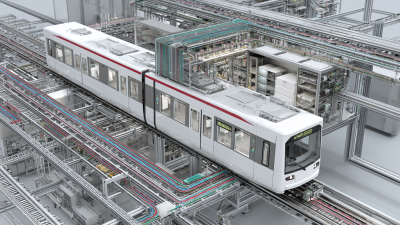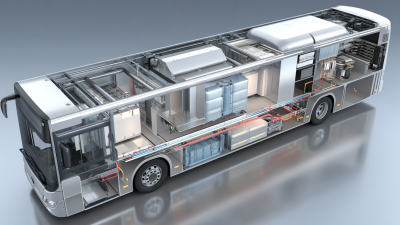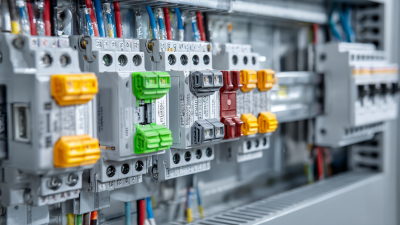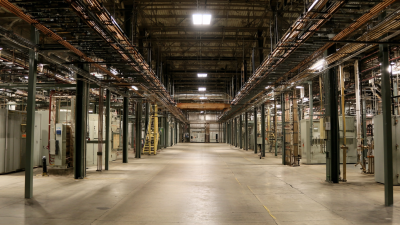Leave Your Message
-
Phone
-
E-mail
-
Whatsapp
-
Whatsapp


As urban populations continue to swell, with projections indicating that around 68% of the world's population will reside in cities by 2050 (UN, 2018), the need for effective and sustainable transit solutions has never been more pressing. Intensive Busway systems emerge as a promising alternative, capable of accommodating high passenger volumes while minimizing congestion and environmental impact. According to the International Transport Forum, well-implemented bus rapid transit (BRT) systems can reduce urban transport emissions by up to 45%, thus contributing significantly to both air quality improvement and climate change mitigation. Additionally, cities like Bogotá and Seoul have successfully demonstrated that Intensive Busway infrastructure not only enhances mobility but also encourages socioeconomic growth by providing accessible transport options. With these compelling benefits, the exploration of Intensive Busway systems becomes crucial for designing the sustainable cities of the future.
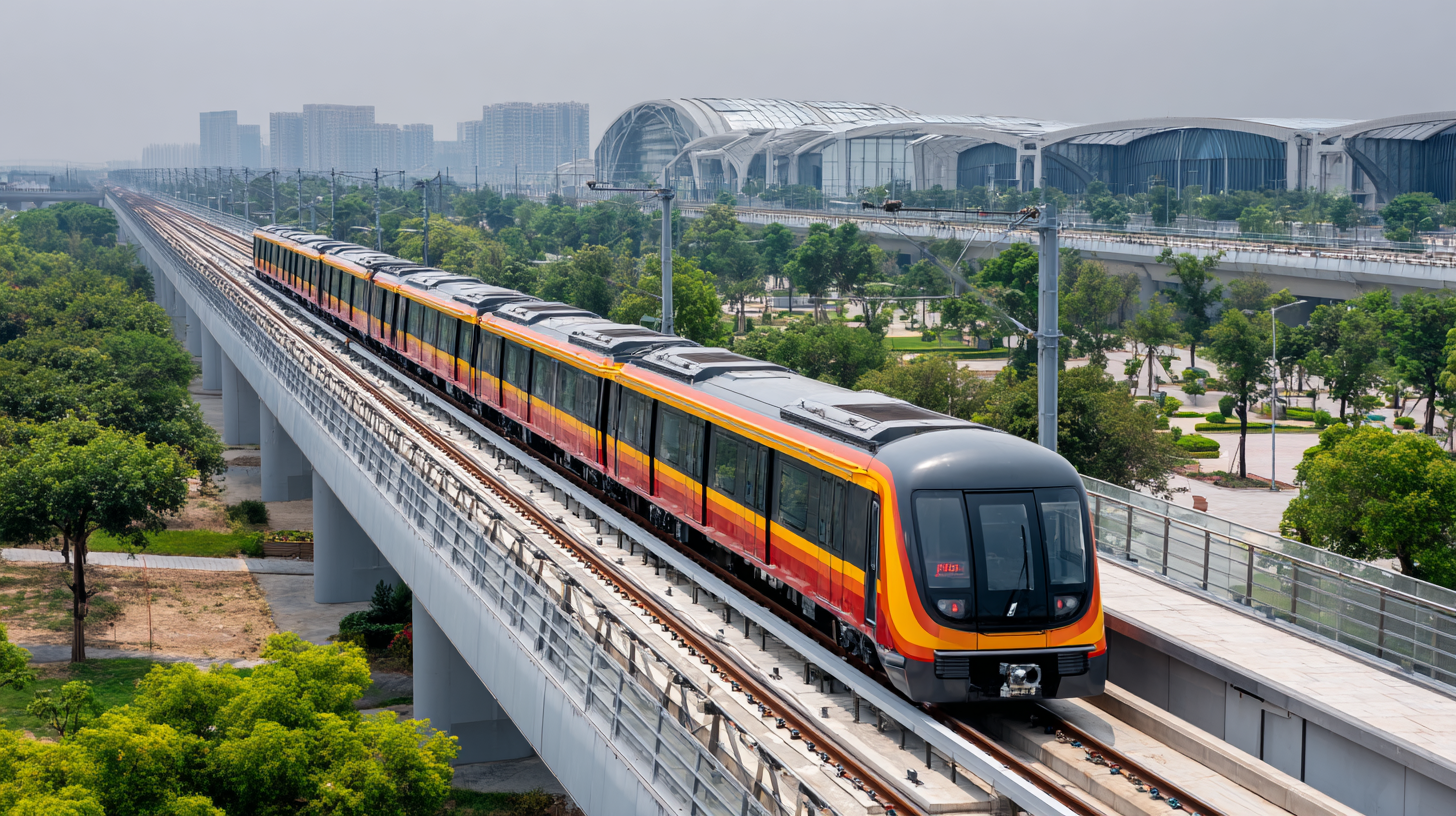
The transformation of urban mobility hinges on the adoption of intensive busway systems, which promise not only to alleviate traffic congestion but also to embody sustainability in city planning. In regions like Metro Manila, there is a pressing need to shift from car-centric approaches to people-focused mobility solutions. This transition seeks to unlock sustainable mobility by enhancing public transit systems, with the introduction of zero emission buses serving as a critical step towards reducing the environmental impact of urban transportation.
Moreover, cities worldwide are increasingly recognizing the role of mid-tier transport solutions in creating efficient public transit corridors. For instance, developments in cities such as Perth and São Paulo illustrate how targeted transport initiatives can weave together vital urban areas, improving accessibility and fostering community connections. The ongoing integration of technologies like artificial intelligence to streamline services further underscores the potential of intensive busway systems in reimagining urban mobility for a sustainable future, ultimately enhancing the quality of life for city residents.
Integrating busway systems into existing urban infrastructure presents both significant opportunities and challenges for the cultivation of sustainable cities. These dedicated transit corridors can enhance public transportation efficiency, reduce traffic congestion, and promote cleaner air quality by attracting more commuters to public transit. Successful integration relies on thoughtful planning that considers current urban layouts and future growth. Collaboration between city planners, transit authorities, and community stakeholders is crucial in order to create systems that are not only functional but also user-friendly and accessible.
Tips for effective integration include conducting thorough assessments of existing traffic patterns and public transit usage. Engaging with local communities through surveys and workshops can provide valuable insights into the needs and preferences of potential users. Additionally, investing in multimodal transportation options, such as bike lanes and pedestrian pathways, can create a more seamless transit experience. Lastly, ensuring that busway systems are equipped with real-time tracking technology can improve reliability and user satisfaction, encouraging more residents to opt for public transit.
However, challenges such as funding, space limitations, and political will can hinder the development of these systems. It is essential to prioritize clear communication about the benefits of busway systems, addressing concerns about possible disruptions during implementation. By focusing on sustainable practices and community engagement, cities can pave the way for a successful transition to intensive busway systems that contribute to a greener urban future.
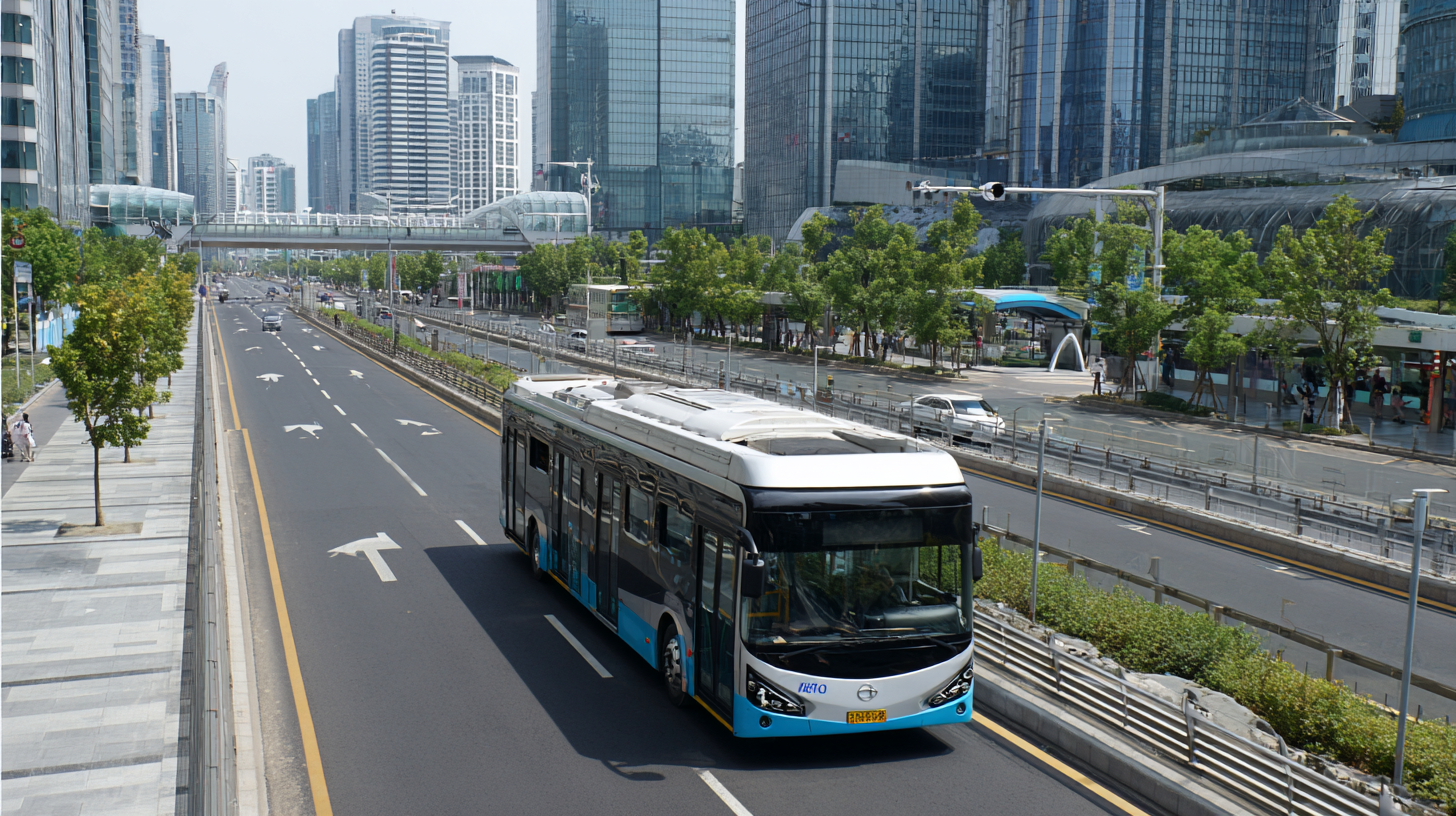 Intensive busway systems are emerging as a critical solution for urban transit as cities strive to achieve Sustainable Development Goals, particularly in improving air quality and reducing emissions. A key aspect of this initiative is the emphasis on enhancing public transportation, a cornerstone of urban infrastructure improvement efforts under various national clean air programs. For instance, in many regions, there has been a focus on integrating low-emission zones and promoting the electrification of bus fleets, which significantly contribute to reducing urban air pollution.
Intensive busway systems are emerging as a critical solution for urban transit as cities strive to achieve Sustainable Development Goals, particularly in improving air quality and reducing emissions. A key aspect of this initiative is the emphasis on enhancing public transportation, a cornerstone of urban infrastructure improvement efforts under various national clean air programs. For instance, in many regions, there has been a focus on integrating low-emission zones and promoting the electrification of bus fleets, which significantly contribute to reducing urban air pollution.
Additionally, cities worldwide are implementing clean transport strategies that prioritize the development of efficient bus systems. By investing in dedicated bus lanes and infrastructure, cities can alleviate congestion, thus lowering vehicle emissions and improving overall air quality. Research indicates that effective public transport systems not only provide a reliable means of mobility but also promote a greener urban environment. As cities like Rio de Janeiro and those participating in global clean air initiatives demonstrate, the role of busways cannot be overstated in achieving sustainable urban mobility goals.
The economic viability of intensive busway systems is increasingly relevant in discussions surrounding sustainable urban transit. A comprehensive cost-benefit analysis is essential for comparing these systems to alternatives such as very-light rail (VLR) and bus-rapid transit (BRT). Intensive busway systems generally require lower initial capital investment and can be implemented more rapidly than their rail counterparts, making them an attractive option for cities looking to enhance their public transport infrastructure without incurring excessive financial burdens.
Furthermore, lifecycle assessments reveal that intensive busway systems can deliver comparable environmental benefits to those provided by rail systems, especially when considering factors like energy consumption and emissions over the lifespan of the infrastructure. This evaluation not only underscores the economic feasibility of intensive busway systems but also highlights their potential role in achieving cities' sustainability goals. By focusing on efficient resource allocation, urban planners can leverage these transit systems to reduce traffic congestion and promote environmentally friendly transportation options.
| City | Initial Investment ($ million) | Annual Operating Cost ($ million) | Annual Ridership (millions) | Revenue from Fares ($ million) | Cost-Benefit Ratio |
|---|---|---|---|---|---|
| City A | 50 | 15 | 10 | 8 | 0.88 |
| City B | 70 | 18 | 15 | 12 | 1.00 |
| City C | 40 | 10 | 8 | 6 | 0.60 |
| City D | 90 | 25 | 20 | 15 | 0.84 |
| City E | 60 | 20 | 18 | 14 | 0.70 |
The future of urban transit is being transformed by technology innovations that enhance the efficiency and accessibility of intensive busway systems. These dedicated pathways not only reduce traffic congestion but also provide a reliable alternative to traditional public transportation methods. By integrating smart traffic management systems, real-time data analytics, and communication technologies, cities can optimize bus schedules and improve the overall rider experience. These advancements are crucial in fostering a shift towards more sustainable urban environments, as they promote the use of public transit over private vehicles.
Moreover, accessibility is a key focus in the evolution of busway systems. Innovations such as mobile applications for ticketing and journey planning, along with real-time arrival information, empower riders by providing them with information at their fingertips. Additionally, the incorporation of low-floor buses and proactive design strategies ensures that all individuals, regardless of ability, can navigate these transit networks effortlessly. As urban areas continue to grow, fostering inclusive and efficient transportation options will be essential in creating resilient and sustainable cities that cater to the needs of all residents.
